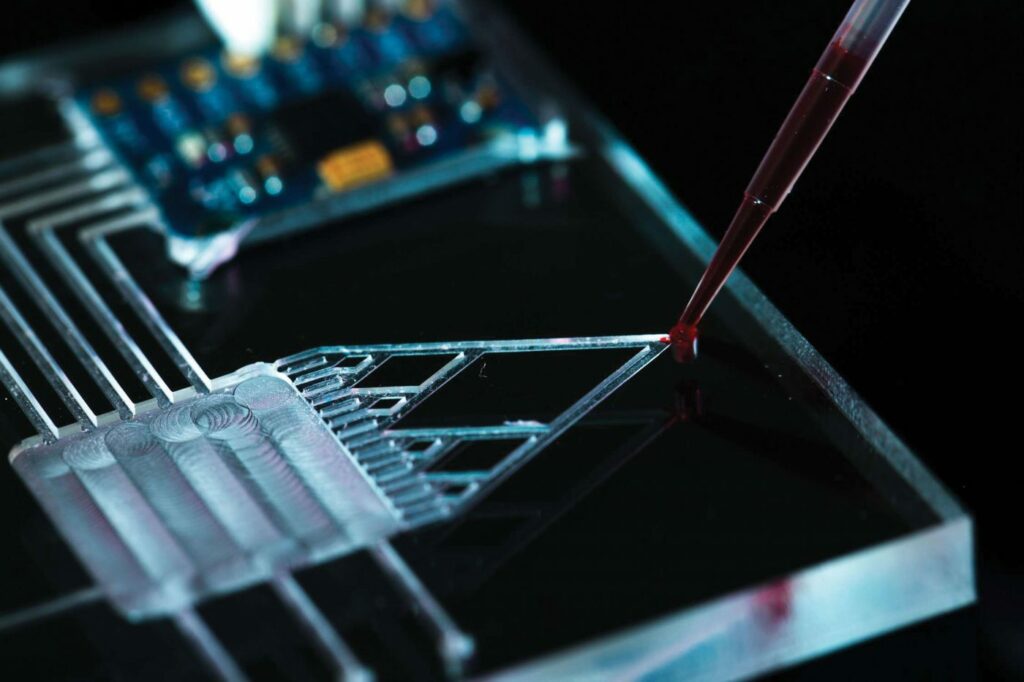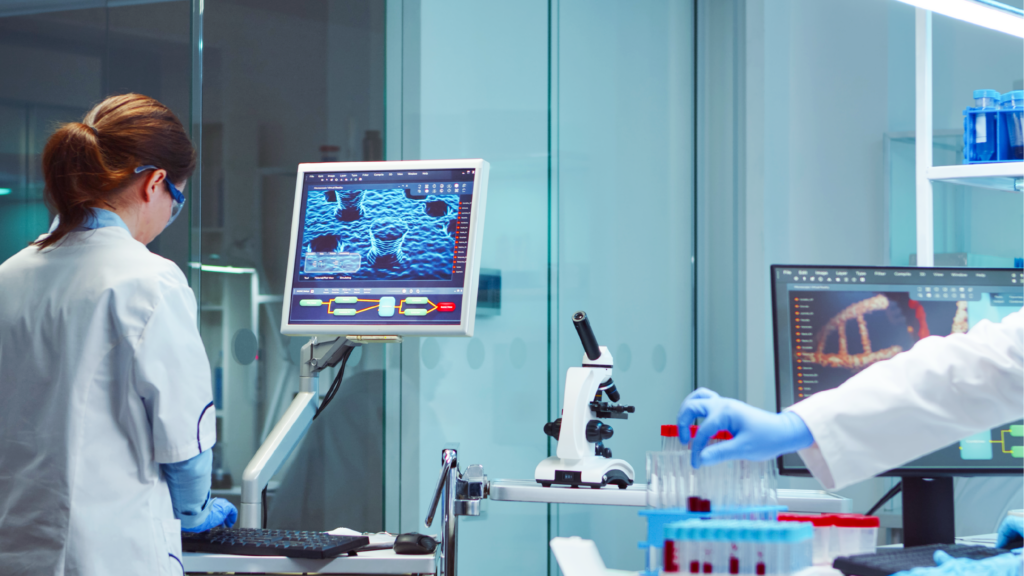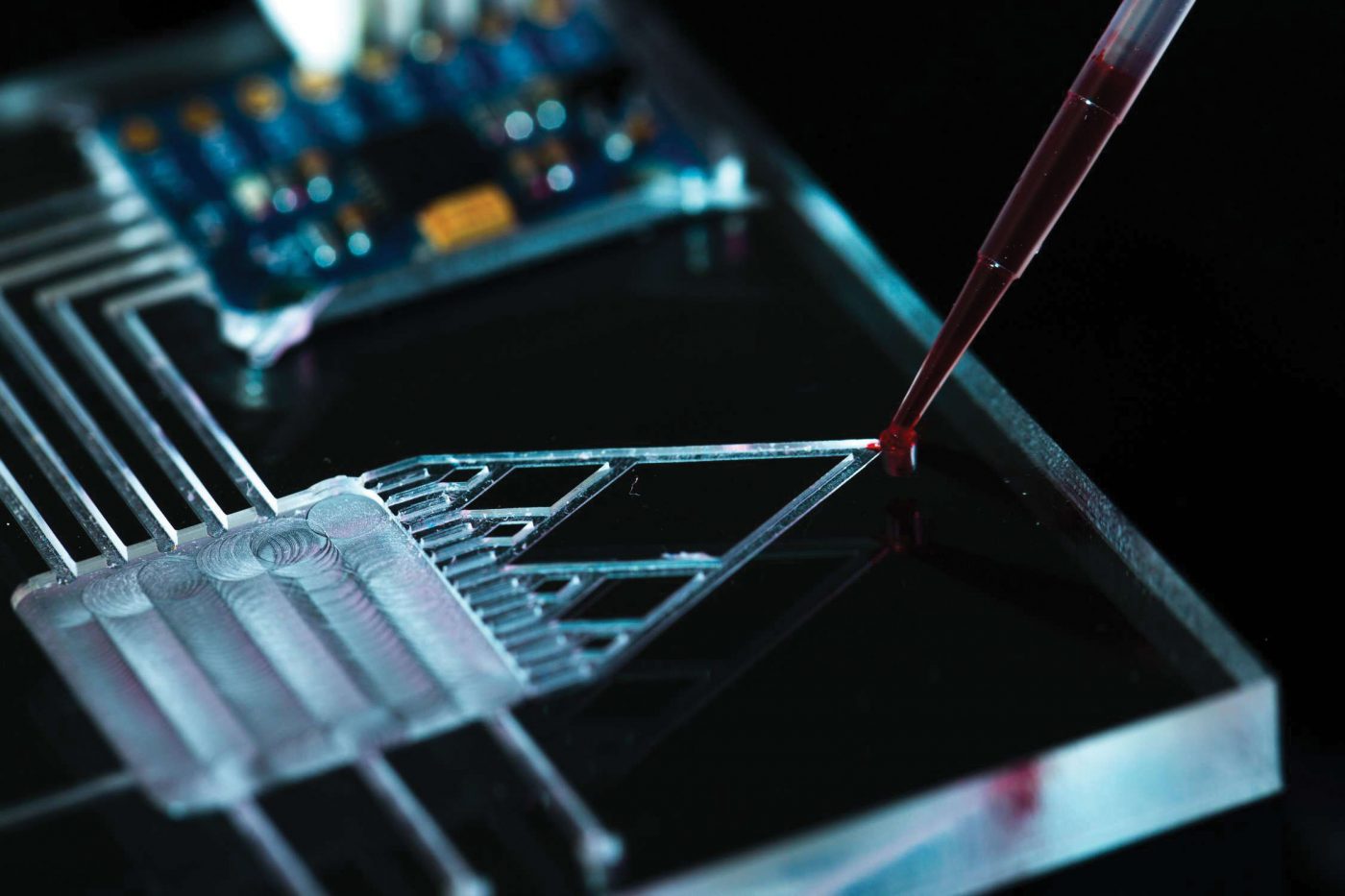
Many animal activists, anti-vivisectionists and politicians are very focused on “alternatives” that ill someday replace animal experimentation (vivisection) and large animal groups donate money to scientists looking for these alternatives. The truth is, there already is an abundance of nonanimal methods of testing and research but even if those methods weren’t available, vivisection needs to be abolished immediately because it is fraudulent and harms humans, animals and the environment. Experiments on animals cannot be extrapolated to humans because of differences in physiology, metabolism, genetics, biochemistry, environment and lifestyle. For those reasons alone, it must be abolished. Vivisectors, disease groups and universities have been talking for over 40 years about “replacing” animal experimentation with “alternatives” but have not done so. They know vivisection is fraudulent, but their priority is not improving human health but instead is all about enriching themselves. Over 30 years ago, vivisectors and their enablers came up with their strategy to get anti-vivisectionists off their backs by promoting belief in the “three Rs” — Reduce, Refine and Replace— and many anti-vivisectionists bought their false promises. All these years later the “three Rs” have not ended vivisection but the antivivisection (A-V) movement has died down from a passionate roar to a tiny whisper. Where a thousand people showed up for A-V protests in the 1980s, sixty or fewer are now willing to participate and demand the abolition of vivisection. Even though advances in science and medical treatments have underlined the obvious fraud of animal experimentation, the petrochemical/pharmaceutical industry still clings to vivisection as necessary. When modern methods are implemented to prove a certain fact, vivisectors actually insist that they must then use animal tests to prove what has already been proven through nonanimal methods. It is this blind determination to hang on to a corrupt methodology that makes the anti-vivisectionists’ fight to expose the truth so incredibly difficult.
A PARTIAL LIST OF NON-ANIMAL SCIENTIFIC TESTING AND EDUCATIONAL METHODS
AMES TEST – This involves using a test culture made of Salmonella bacteria and activating enzymes, along with the chemical to be tested. This method is extremely efficient at identifying carcinogens.
EPIDERM SKIN TISSUE MODEL – The Protea Biosciences Group in conjunction with MatTek Corporation is combining human cell-based in vitro 3D tissue models with proprietary molecular imaging services. According to them, “By combining the human tissue models with mass spectrometry imaging workflows, researchers will be able to visualize specific compounds in highly controlled experimental conditions using human cell-derived, invitro models… These experiments determine if a compound is penetrating the skin without using a tag or marker on the compound. The in vitro models are easier to source, much more reproducible and more humane as compared to human or animals skin tissues.”
EYETEX – This technique uses a vegetable protein to mimic reactions of the cornea to a substance. This is an effective eye irritancy test rendering unacceptable any excuse for continuing the cruel Draize tests on animals.
fMRI – Functional brain imaging and recording techniques with human volunteers allow the human brain to be studied down to a single neuron.
HIGH-THROUGHPUT SCREENING – The “Tox21” consortium uses an ultra-high-speed robot capable of testing thousands of different chemicals for potential toxicity every day. It can test more chemicals in one day than have been tested in the past 20 to 30 years using animals.
HUMAN SIMULATORS – Lifelike simulators, especially the technically advanced “Trauma Man,” are available in most medical schools. They replicate realistically layers of skin and internal organs and even breathe and bleed. Cutting into live animals has always been a completely inaccurate way to learn about the human body. Once medical students started working on cadavers, they were routinely told to forget everything they learned from vivisection because the physiology of those animals is totally different from humans. Unfortunately, even though universities have access to these simulators, they still choose to vivisect on animals in their labs because of the grants they receive for doing so.
I-MAb GAS PERMEABLE TISSUE CULTURE BAGS – This method is used to produce monoclonal antibodies for research, diagnostic and clinical purposes. Developed by the Alternatives Research and Development Foundation, this method could be used instead of torturing and killing the million or more mice every year who die for this purpose.
IN CILICO MODELING – Chemicals made up of similar structure fragments can be grouped together and compared. These models can accurately predict the ways that new drugs will react in the human body. Healthy virtual cells or entire organs can be created and then used to simulate what might happen when exposed to a particular chemical.
MICRODOSING – Volunteers are given an extremely small amount of a one-time drug dose and imaging techniques are used to monitor how the drug behaves in the body.
ORGANS-ON-CHIPS – Because sustaining a human organ for experiments in a biology lab is not viable or acceptable due to the high demand for organ transplants, in 2010, Donald Ingber, from the Wyss Institute developed a lung-on-a-chip, the first of its kind. Since then, other groups have developed miniature models of the liver, kidney, heart, bone marrow and cornea. The organs-on-a-chip are the size of a USB memory chip and made from a translucent polymer. Microfluidic tubes and human cells from the organ of interest run in patterns within the chip
and replicate some of the functions of the organ. Nutrients, bacteria and experimental drugs can be pumped through the tubes and scientists can observe how the cells respond without any risk to human or animal. In the future, microchips could be constructed using a patient’s stem cells to develop individualized treatment.
QUANTITATIVE STRUCTURE-ACTIVITY RELATIONSHIPS – QSARs are computer-based techniques that make sophisticated estimates of a substance’s likelihood of being hazardous based on its similarity to existing substances and our knowledge of human biology
TESTSKIN – With this technique human skin grown in a sterile plastic bag is used to test for potentially harmful reactions.
3D-PRINTED CADAVERS – Medical students can learn human anatomy without needing access to a real cadaver. Real humans are scanned, using either X-ray, CT scans or surface scans. The scans are used to create a printable 3D model of the body parts, which are then sent to a high-resolution 3D printer and printed either in full color in a plaster-like powder or plastic. By taking this data and making a 3D rendered model they can color that model and convert that to a file format that a 23S printer uses to recreate, layer by layer, a 3D body part to scale.
TOPKAT – This is a computer program that mimics living cells. It can model reactions for toxicity, mutagenicity, carcinogenicity, and teratogenicity.
AVAILABLE NONANIMAL SCREENING TECHNIQUES
ABDOMINAL SONOGRAPHY – This is a noninvasive imaging test that helps physicians diagnose and treat medical conditions by utilizing soundwaves to visualize abdominal structures. An abdominal sonogram can help to diagnose a variety of conditions and to assess damage caused by illness. Doctors can also use abdominal sonography to guide them as they perform needle
iopsies on abdominal organs. Abdominal sonography specifically focuses on structures in the upper abdomen.
ECHO – An echocardiogram is a test that uses high frequency sound waves (ultrasound) to make pictures of the heart. It uses sound waves to create pictures of a heart’s chambers, valves, walls and the blood vessels attached to the heart. A probe is passed over a patient’s chest and produces sound waves that bounce off the heart and “echo” back to the probe. These waves are changed into pictures viewed on a video monitor. The test helps doctors find out the size and shape of a heart, how the heart moves, the heart’s pumping strength, if the heart valves are working correctly, problems with the outer lining of the heart and much more. The test is harmless and has no side effects.
THERMOGRAPHY – This is a safe and reliable way to screen for breast cancer. Thermograms are ble to detect infrared heat emission by the body’s tissues. Cancerous tumors tend to emit more infrared heat than their healthy counterparts. Thermography can flag cancer development five years before mammograms are able to do so. And unlike mammograms, there is no radiation involved and therefore will not cause cancer which is a distinct possibility if a woman has repeated mammograms. Big Pharma discourages thermography since mammographies are a huge moneymaker for all the industries involved in the mammography business.
STUDYING THE CAUSES OF DISEASE AND FINDING SOLUTIONS Asserting their desire to discover why humans become afflicted with certain diseases and ailments, vivisectors experiment on dogs, cats, mice, rats, rabbits, monkeys and a wide variety of other animals. They claim they do this in order to find out how the human body works and to find “cures” to a plethora of human sicknesses. Of course, the physiology of all these animals is completely different from humans, rendering the experiments an exercise in futility. To find out how the human body works and to find out why humans become ill, we must study humans. To study why children are born mentally, physically and emotionally challenged we must study the parents, grandparents and their environment. Clinical research must be done to find out if the child and parents were vaccinated and/or took drugs and medications and how this affected the child. Using animals for this kind of research is patently ridiculous and diagnosing or treating people according to the results of animal experiments is rarely if ever done, making it utterly useless as well.
NONANIMAL RESEARCH INTO CAUSES OF DISEASE CLINICAL RESEARCH – This refers to a branch f healthcare science that determines the safety and effectiveness of medications, devices, diagnostic products and treatment regimens intended for human use. These may be used for prevention, treatment, diagnosis or for relieving symptoms of a disease. Clinical research is different from clinical practice. In clinical practice, established treatments are used, while in clinical research evidence is collected to establish a treatment.
EPIDEMIOLOGY – This branch of medicine is the study and analysis of the distribution and determinants of health and disease conditions in defined populations. Basically, it is the study of two groups of people who are alike except for one factor such as exposure to a chemical or the presence of a health effect. The investigators try to determine if any factor is associated with the health effect. Some of the subgroups in epidemiology are: • Biomonitoring – This is the measurement of the body burden of toxic chemical compounds, elements, or their metabolites in biological substances, often done with blood and urine samples. • Disease Surveillance – The spread of disease is monitored in order to establish patterns of progression. • Forensic Epidemiology – FE is directed at filling the gap between clinical judgement and epidemiologic data for determinations of causality in civil lawsuits and criminal prosecution and defense. • Occupational Epidemiology – OE focuses on investigations of workers and the workplace and examines health outcomes among workers and their potential association with conditions in the workplace including noise, chemicals, heat, or radiation, or work organization such as schedules.
PATIENT – DOCTOR STUDIES – This refers to surveys that can produce accurate results for large demographs of people. Many discoveries have been made through studies such as those including the relationship between cigarette smoke and cancer.
CONCLUSION
The continuing search for “alternatives” by government agencies, animal charity-funded groups and Big Pharma itself will never force vivisectors to announce that the big moment has come — that “alternatives” have arrived, and vivisection is no longer “necessary.” Only when every kind of disease has become so prevalent and promised “cures” still are nonexistent, will there be an uprising of a disillusioned and disease-ridden populace who will demand an end to bogus science and demand that true science that relates to human beings take its place and find a way to end their suffering.



